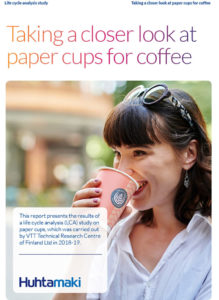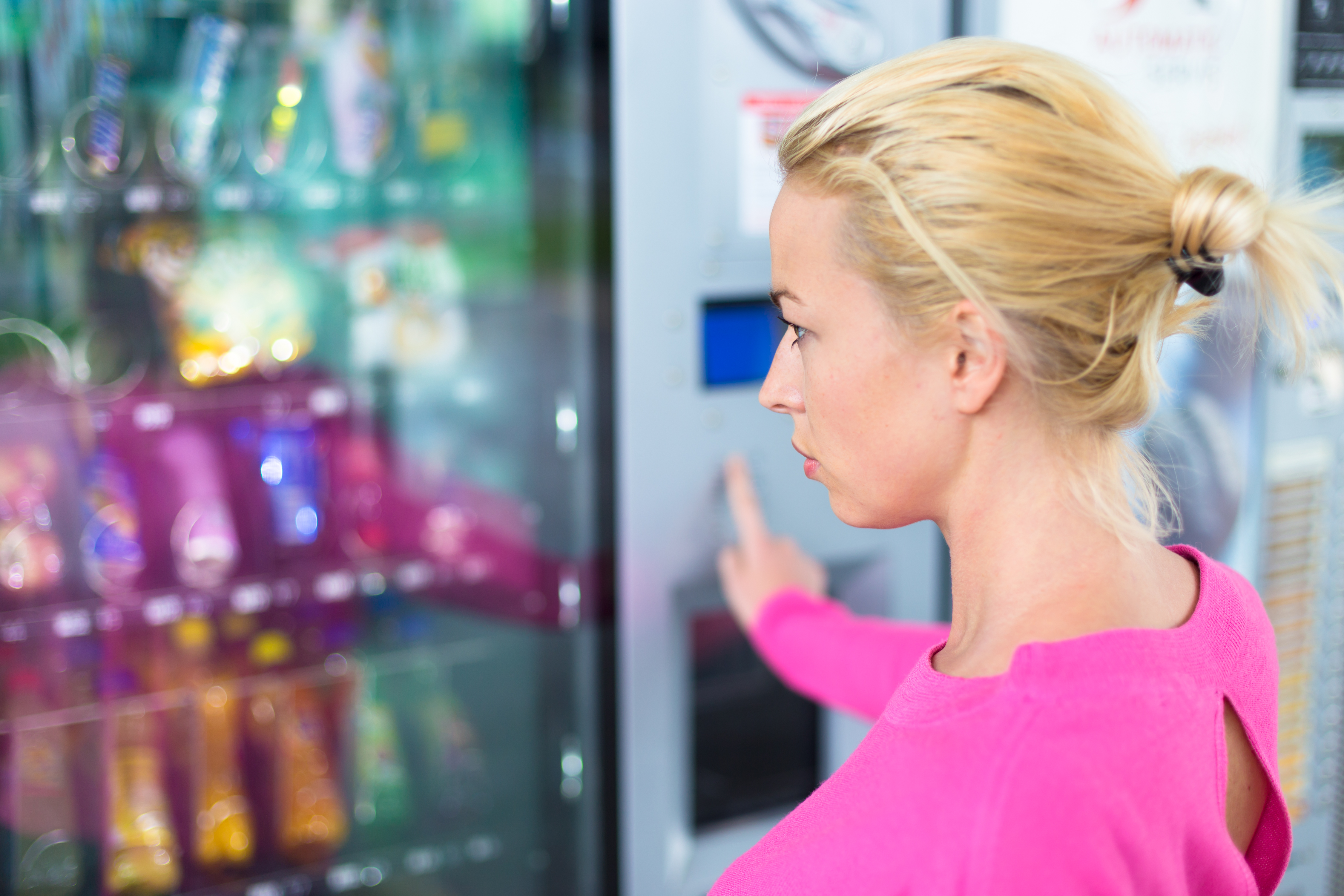Sustainable meals packaging specialist Huhtamaki has participated in a life-cycle research find out about that surveyed the entire carbon footprint of various kinds of cups used for espresso. According to the find out about, paper cups incessantly have the bottom carbon footprint, and recycling lowers it additional via 54%. Huhtamaki not too long ago presented a 100% renewable, plant polyethylene covered FutureSmart paper cup.
This life-cycle research (LCA) on paper cups was once performed in 2018-2019 via VTT Technical Research Centre of Finland Ltd. It was once commissioned via Huhtamaki and the Finnish paperboard producer Stora Enso.
“In many everyday uses, paper cups have the lowest carbon footprint, and they offer better food safety – they are always hygienic. Overall, the carbon footprint of a paper cup is small compared to the food itself. For example, for a take-away latte, paper cup accounts only for 4% of the climate impact. The remaining 96 % is coffee and milk production and the energy of making the drink”, says Richard Ali, sustainability director for Huhtamaki Foodservice Europe-Asia-Oceania. “
The find out about fascinated by two primary situations: paper cups used both in a café or taken as a coffee-to-go. In the café situation paper cups have been in comparison to ceramic cups, and within the coffee-to-go situation paper cups have been in comparison to cups product of reusable plastic and metal.
Dishwashing reasons the largest local weather have an effect on of ceramic cup
The potency of washing is the foremost issue affecting the local weather have an effect on of ceramic cups, because it accounts for greater than 90% of the entire local weather have an effect on. Counting in combination the affects of uncooked fabrics, manufacturing and environment friendly washing of the cup, a ceramic cup must be used a minimum of 350 instances ahead of it has a smaller carbon footprint than a paper cup.
If the paper cup is recycled, or if 80% of the fabric might be recycled after use, paper cups are at all times the simpler possibility from a local weather alternate perspective.
In addition, the potency or inefficiency of washing a ceramic cup isn’t just an issue of local weather have an effect on however an total meals protection and hygiene fear. Paper cups are at all times hygienic and secure to make use of.
Reusable plastic cups in take-away use
In the coffee-to-go situation, the paper cups have been studied with a plastic lid which secures the drink and forestalls injuries. The find out about displays {that a} reusable plastic cup must be used a minimum of 20 instances to have a smaller local weather have an effect on than a paper cup.
If the paper cup is recycled after use and/or it’s made with a plant polyethylene (PE) coating, the breakeven level will increase to 32-36 instances.
Recycling and new fabrics decrease the carbon footprint
The end-of-life answer has a significant have an effect on at the CO2emissions of paper cups. When the PE covered cups are 100% recycled the carbon footprint of cups can also be diminished via 54%. In Europe, the typical recycling price is 36%. The just right high quality fiber in paper cups can also be recycled as much as seven instances.
Huhtamaki could also be creating new answers for cups to additional cut back the local weather have an effect on of cups.
“At Huhtamaki we are passionate about the sustainability of our products. We have brought to market the new FutureSmart paper cup, which is made from fully plant-based materials. The paperboard is sourced from PEFC certified, sustainably managed forests, and the inside lining of the cup is made of plant-based PE. The paper cup is 100% renewable. According to the study, this type of a plant PE coated paper cup is the best performing paper cup option in terms of climate change impact, ” Richard mentioned.


